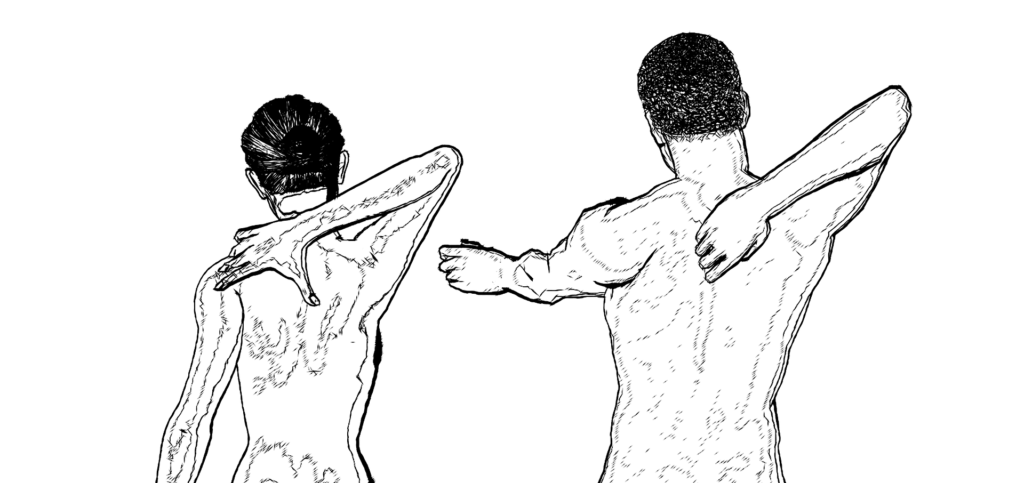5 Major Sources of Dental Operator Pain (And How to Prevent Them)

Both dynamic and static activities cause musculoskeletal disorders, a new study has shown. That same study reported that over 69% of the dental students complained of pain in at least one part of their body, and it’s not just newcomers to the industry who are feeling the pain of being a dental operator. Research has shown up to 90% of dental operators have experienced some sort of musculoskeletal pain at least once in their career. It’s this type of pain that shortens careers, lowers the quality of life for practitioners and hurts dental businesses nationwide.
What are the major sources of musculoskeletal pain in dental operators, and how can we work to prevent them? Studies show that these are the top sources of pain in dentists and hygienists.
#1: Back Pain
Trigger points, tight and sore muscles, and even nerve pain are all common in dental operators. These symptoms especially tend to manifest in the lower back. They are the result of poor posture and sitting for long period of time.
It’s essential to position your stool and yourself properly while treating, according to Bethany Valachi, PT, MS, CEAS, who also helped Crescent Products develop our low profile headrest. Stretching frequently, especially the hip flexors (which pull on the lower back muscles when tight) is also essential to keeping them healthy and loose.
#2 Neck Pain
Being a dental practitioner shouldn’t be a pain in the neck, literally. Neck pain is one of the most common complaints from dentists and hygienists, with 75% saying they suffer from it. Symptoms include pain, spasming, tenderness and headaches.
The key to preventing it: correct patient height. Patients should be positioned so that your forearms are sloping only 10 degrees or so in an upward direction. If you position a patient too high, you will shrug your shoulders too much. If you position them too low, you will strain your neck while looking down.
#3 Shoulder Pain
Shoulder pain is closely and inherently linked to neck pain. Constantly holding static positions and repetitive arm movements in a confined workspace can lead to an imbalance in muscle length and strength as well as musculoskeletal disorders.
Once again, patient positioning is the most important factor in alleviating shoulder pain and tightness. Having patients reclined all the way back results in the most operator-friendly working environment during treatment.
#4: Elbow Pain
Lateral epicondylitis (Tennis Elbow) is not just for tennis players. Elbow pain is a common condition operators face at some point in their career. It’s caused by maintaining awkward positions that our bodies are not used to holding for long periods of time.
When working, make sure that your stool is at the ideal height and that your elbows are close to your torso. The height of patient’s mouth should be close to the height of your elbows. This allows you to work comfortably without contorting your body into abnormal positions.
#5: Wrist Pain
Last, but certainly not least, is wrist pain. Wrist pain in dental operators commonly manifests itself as two syndromes: De Quervain’s tenosynovitis and Osteoarthritis (typically in the CMC joint of the thumb). Both are caused by repetitive thumb abduction, typically during scaling, extractions, suctioning and other common operator activities.
Dental Ergonomics expert, Bethany Valachi, recommends gripping instruments in a straight, or neutral wrist posture, using a finger fulcrum and locking the wrist as you roll the forearm from side to side.”
Position Patients Properly with Crescent Products
Since so many musculoskeletal issues can be avoided by proper patient positioning, which is why Crescent created its line of dental chair accessories. Our products help dentists and hygienists properly position their patients so they can work comfortably, and for longer.
Shop Today